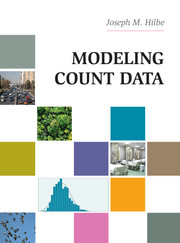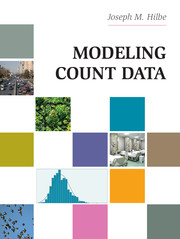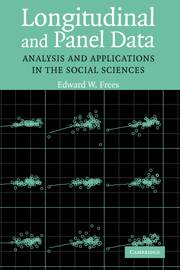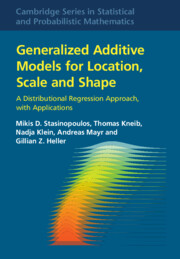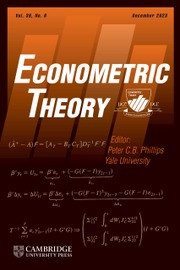Handbook for Applied Modeling: Non-Gaussian and Correlated Data
Designed for the applied practitioner, this book is a compact, entry-level guide to modeling and analyzing non-Gaussian and correlated data. Many practitioners work with data that fail the assumptions of the common linear regression models, necessitating more advanced modeling techniques. This Handbook presents clearly explained modeling options for such situations, along with extensive example data analyses. The book explains core models such as logistic regression, count regression, longitudinal regression, survival analysis, and structural equation modelling without relying on mathematical derivations. All data analyses are performed on real and publicly available data sets, which are revisited multiple times to show differing results using various modeling options. Common pitfalls, data issues, and interpretation of model results are also addressed. Programs in both R and SAS are made available for all results presented in the text so that readers can emulate and adapt analyses for their own data analysis needs. Data, R, and SAS scripts can be found online at http://www.spesi.org.
- Designed for scientists and students with minimal mathematical background and limited modeling experience
- Full R and SAS code for all analyses is available for free download
- Uses real and publicly available data sets, showing common issues and their solutions
Reviews & endorsements
'This book is a guide to modeling and analyzing non-Gaussian and correlated data. There is clearly a need for such a book to help less experienced data scientists … The data sets and models are well explained, and the limitations of each type of model on the various data sets is illustrated by frequent plots.' Peter Rabinovitch, MAA Reviews
Product details
July 2017Hardback
9781107146990
228 pages
261 × 181 × 15 mm
0.65kg
Available
Table of Contents
- 1. The data sets
- 2. The model-building process
- 3. Constance variance response models
- 4. Non-constant variance response models
- 5. Discrete, categorical response models
- 6. Counts response models
- 7. Time-to-event response models
- 8. Longitudinal response models
- 9. Structural equation modeling
- 10. Matching data to models.


